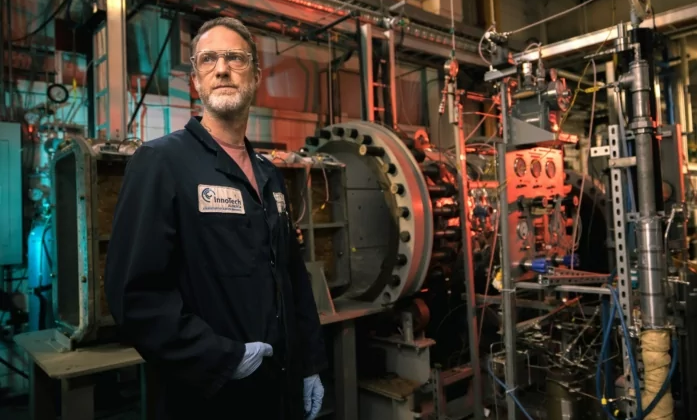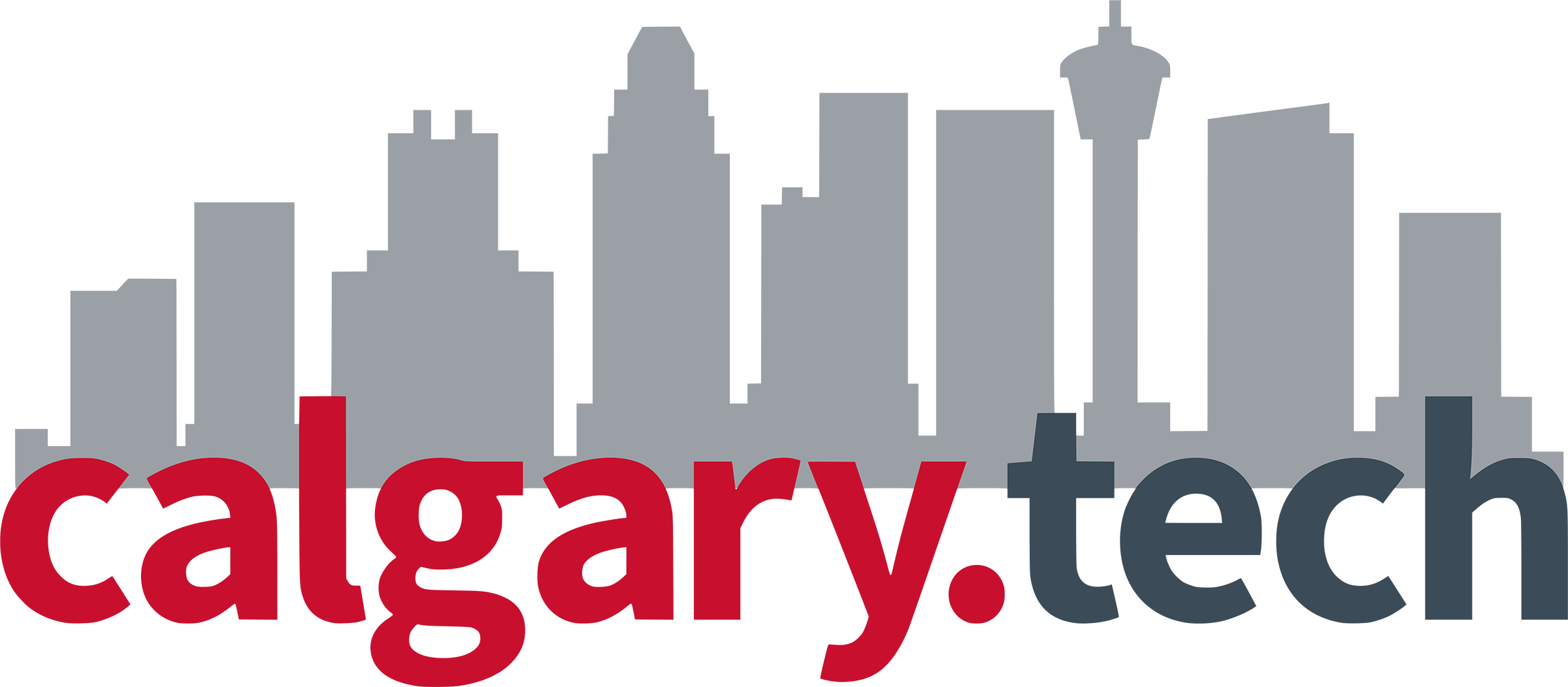
Downstream from the Canadian Rocky Mountains in Alberta, locals warn of a crisis quietly unfolding.
Melting glaciers, combined with communities growing rapidly through mass immigration, are amplifying demands on a limited water supply.
InnoTech Alberta, a subsidiary of Alberta Innovates, is leading a project to explore mountain and ground water hydrology in the province by applying a combination of expertise, research, and innovation.
Aprami Jaggi, a researcher at InnoTech, believes that we first must gain a better understanding of how mountains contribute to water sources.
“We’re highly dependent on mountain-fed sources,” the geochemist explains, “and as our climate evolves, understanding water recharge rates becomes crucial for water security.”
With a PhD in geochemistry from the University of Calgary, Jaggi is part of a research team whose expertise spans isotopes, modelling, hydrology, and more.
Among the team is Michael Wendlandt, an ecohydrologist, who agrees with Jaggi that our grasp of water sources isn’t strong enough to manage the crisis as-is.
“There is a large disconnect between where people perceive their water to come from and how much is actually available from that source,” says Wendlandt.
Stream flow records from 1976 to 2015 suggest that higher stream flow rates hail from glaciers dwindling and sending more meltwater into the watershed.
“While this appears as a sign of abundance, it’s really a sign of a degrading resource,” warns John Gibson, an isotope hydrogeologist.
To better understand how much water is coming from different sources, the team has collected samples throughout the the Highwood and Sheep River watershed, where the initiative is currently focused.
By analyzing certain isotopes that are unique to different water sources, the team can tell if water comes from direct mountain runoff or groundwater recharge.
With data in hand, the team plans to create a model that can simulate the impact of shifting climate patterns on the watershed.
The research project is powered by partnerships with local municipalities, including Okotoks, High River, and Foothills County.
The InnoTech team is currently awaiting results from base flow samples, which will be integrated into the model to inform water management strategies, mitigation measures, and policy development.
“Working with a team like this has been a fantastic asset,” Jaggi says, emphasizing the team’s ability to think outside of the box.
Moving forward, it is anticipated that the knowledge gained from InnoTech’s project will enable more efficient and effective water utilization in Alberta as well as help usher in advances in clean technology.



Leave a Reply